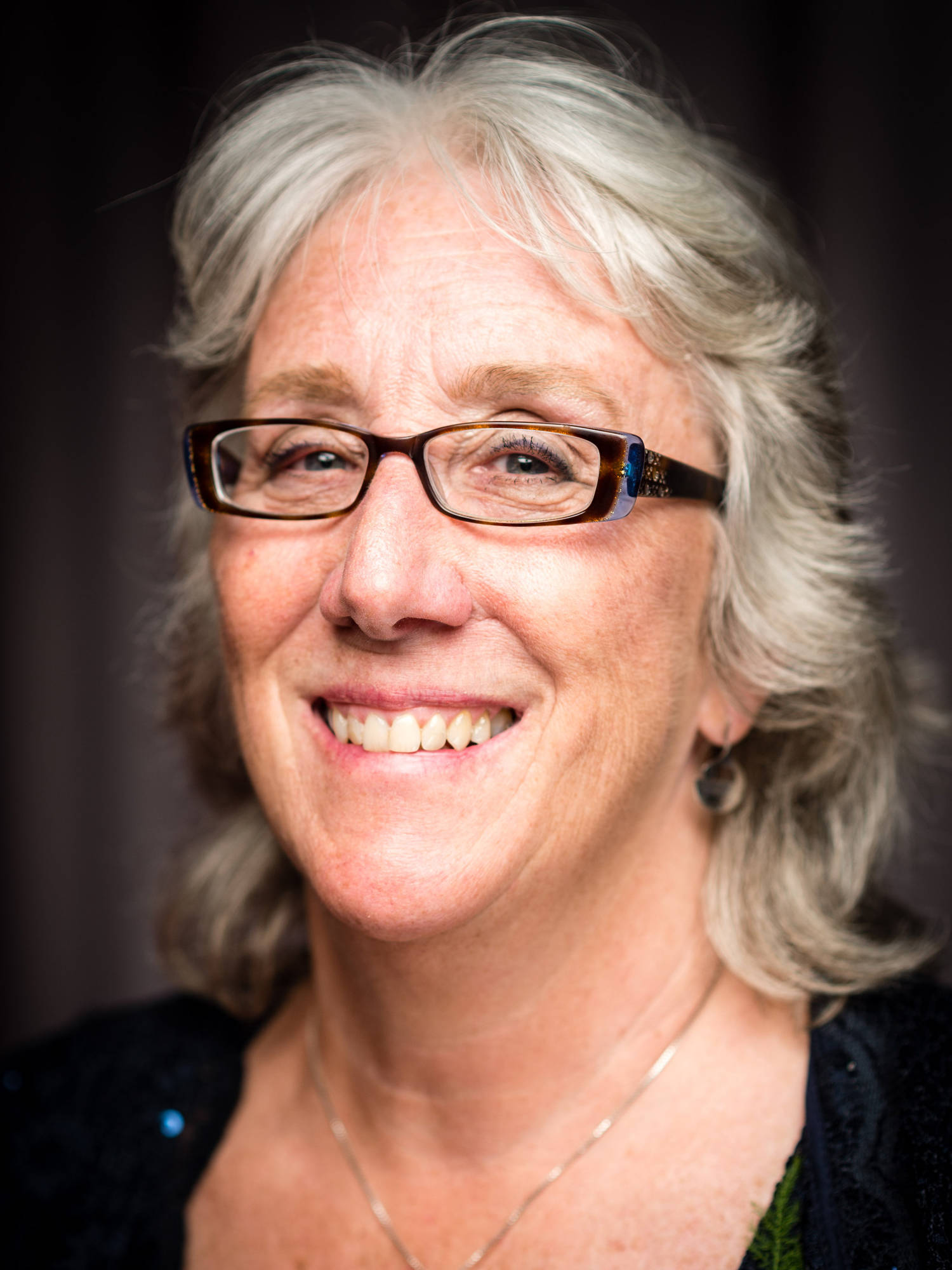Observers of history and current events like to say nothing is more powerful that an idea that’s time has come. With the ongoing trade war with China creating more uncertainty about Alaskpa’s dream for a natural gas pipeline, perhaps now is the time to dust off and seriously consider the idea of transporting Alaska’s vast stores of gas in the form of electricity.
Meera Kohler, CEO and President of Alaska Village Electric Co-operative (AVEC), has been pitching the idea of using North Slope power plants to turn natural gas into electricity that could be distributed to Fairbanks and other areas of the state via high-voltage direct current (HVDC) lines which could even potentially be linked into California or the Pacific Northwest.
I first heard Kohler present this proposal at an Alaska Municipal League conference five years ago. Last May, reporter Craig Medred expanded on the proposal in his blog, pointing out China’s push for electrifying vehicles as well as the advances with HVDC in moving huge amounts of power.
“Were Alaska to follow China’s lead and pursue electricity as the energy source of the future, it would now be exploring how to export electricity — not gas — from the North Slope,” Medred said. “And it would only have to deal with one foreign country: Canada.”
Mr. Medred came to this conclusion before the China state-run news agency, Xinhua, issued this statement in June: “If the U.S. side introduces trade sanctions, including additional tariffs, all the economic and trade outcomes negotiated by the two parties will not take effect.”
While I have no inside communication with China, I would take this statement to read that the natural gas pipeline deal Gov. Bill Walker signed in front of Chinese President Xi Jinping and President Donald Trump is now up in the air since President Trump has indeed imposed significant trade sanctions on China.
Making matters worse, China is threatening tariffs on energy imports which could possibly add billions in cost to a gas pipeline. By contrast, the economics for HVDC powerlines have gotten better since Ms. Kohler first floated the electrification concept.
“One would think that with this cloud of uncertainty created by a growing trade war with China that now would be a good time for the State of Alaska to evaluate an alternative option for using North Slope gas,” says Kohler. “I definitely think the time has come to embrace the concept of monetizing our gas through electrification and using a technology proven to move power hundreds of miles with less than a 1 percent energy loss. Besides, it’s where much of the world is going, with entire countries being connected and energized via HVDC,” adds Kohler.
British Petroleum’s head of long-term planning Dominic Emery agrees with this assessment. In 2017, Mr. Emery was asked to identify the mega-trends that will shape energy use in the upcoming decades. He listed six mega-trends, one of which was the electrification of the transport sector.
“I think there is no forecast anywhere that does not expect demand for electricity to grow and for electricity to become a more important part of the energy mix,” Emery wrote.
Ms. Kohler first talked about the electrification of North Slope gas almost 10 years ago.
Back then, she highlighted what this project could mean for Interior Alaska, which today still depends on coal and oil for a significant amount of its power.
“Residents in the extended Fairbanks area would likely be early recipients from electrification of North Slope gas. Furthermore, once you connect the Railbelt loads through more robust grids then you can truly have a Railbelt-wide integrated resource plan that could absorb far more renewable energy than what is currently possible,” explains Kohler.
Between a rapidly electrifying world economy, growing uncertainty in a trade war with China and the opportunity to benefit Alaskans directly, the time has come to give Ms. Kohler’s electrification concept the serious consideration it deserves.
• Kate Troll, a longtime Alaskan, has over 22 years experience in coastal management, fisheries and energy policy and is a former executive director for United Fishermen of Alaska and the Alaska Conservation Voters. She’s been elected to local office twice, written two books and resides in Douglas.

